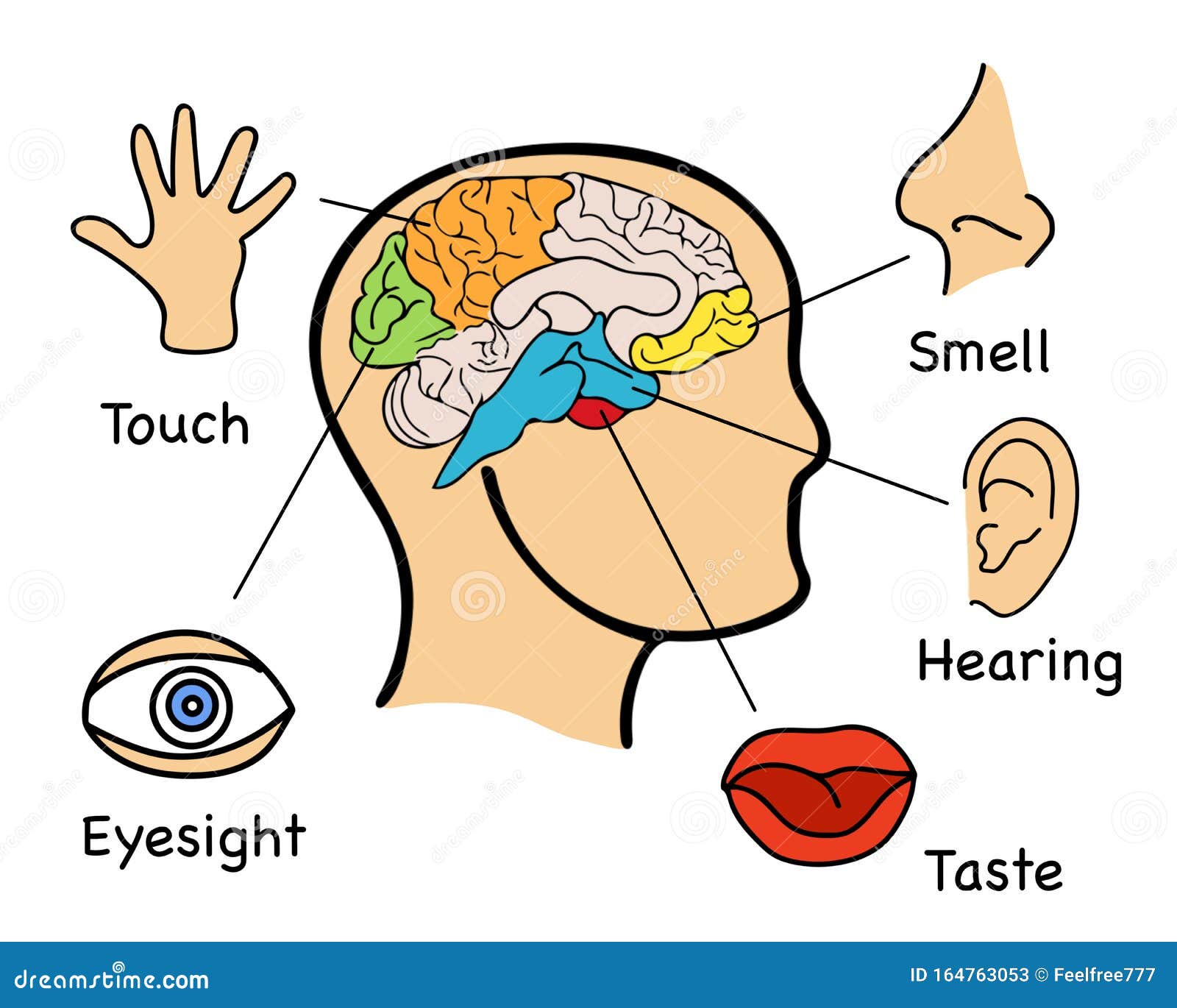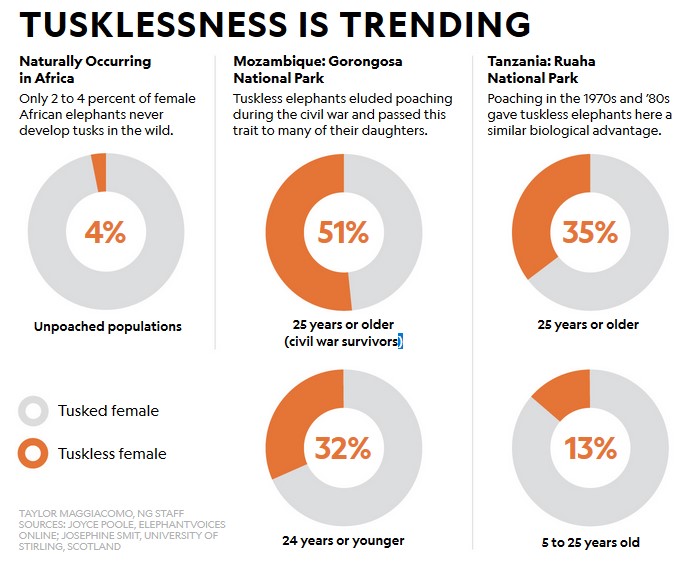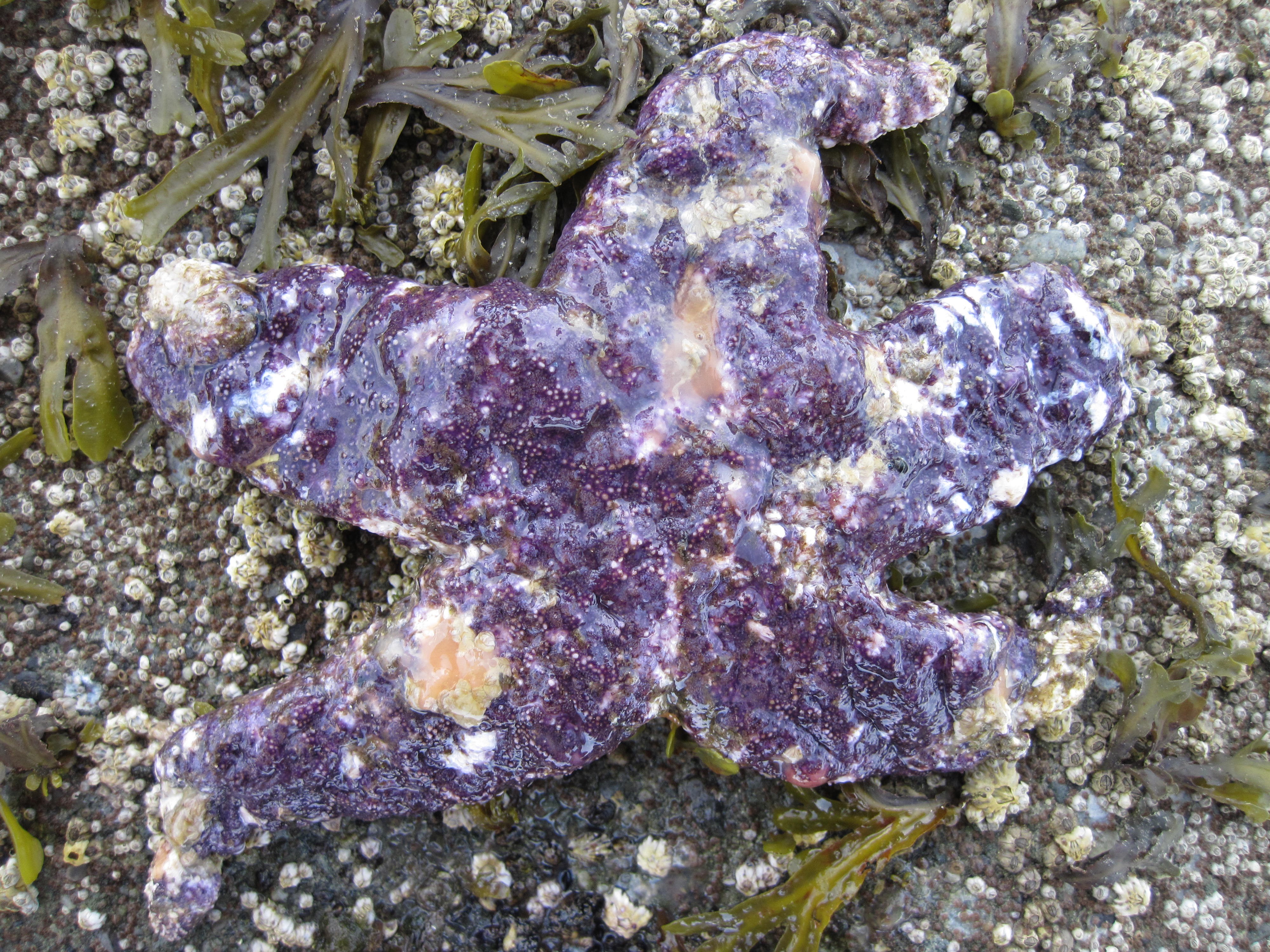
Last week the Wall Street Journal were first to report that the US Department of Energy, Office of Intelligence and Counterintelligence, had produced a classified report concluding with “low confidence” that the Covid virus most likely originated from a laboratory leak in China. FBI had earlier come to the same conclusion with “moderate confidence”, while CIA is still undecided. The scientific community, meanwhile, is overwhelmingly in favour of a natural origin based on molecular evidence. A laboratory origin is theoretically possible, however, but at a very low probability compared to a natural origin. Don’t take my word for it. In his recently published masterpiece “Breathless”, David Quammen describes the remarkable global collaborative scientific efforts that led to the rapid characterization of the virus’ genome, which in turn led to record fast development of highly effective vaccines. Knowing the genome also allowed tracking of emerging variants as well as the global spread of the disease. This no doubt saved countless lives. To date, an estimated seven million people have lost their lives to the disease, but without the scientific advances, that known death toll could have been significantly higher. The exact number may be higher than the official estimate, since many deaths are likely unaccounted for, particularly from countries with poor infrastructure.
In “Breathless”, David Quammen describes in remarkable detail the spread of the virus, the emergence of mutations and their adaptations to humans as host, and the remarkable collaboration among scientists throughout the world (including China). He also addresses the different routes of how the virus may have spilled over from wild animals to humans as well as the possible leak from a Wuhan research laboratory. In addition, he examines the responses by different governments, particularly the US. The short and poignant Chapter 41 is particularly telling:
“Will the virus mutate? people asked.
Yes of course it will mutate, scientists said. Viruses always and continually mutate. The crucial questions are how frequently will it mutate, how abundantly, and how might those mutations be shaped by natural selection into adaptations. Mutations are incremental changes in a genome—one letter here, one letter there—and generally random. Don’t worry about mutations alone. Worry about mutations plus Darwin.
Worry about how this virus may evolve and adapt. If you hope to prevent it from adapting ever better to the human population, then prevent it from achieving abundant mutation by containing it fast, controlling the outbreak early, taking it seriously, keeping the human case numbers low, applying and adhering to robust nonpharmaceutical interventions until you have vaccines, then get everyone vaccinated, depriving the virus of opportunities to evolve.
But we didn’t do that.”
Meanwhile virologists and molecular biologists were unravelling the genetic code of the virus and all its new variants that seemed to pop up like mushrooms in the rapidly expanding infection zones around the world. The large number of threads that are followed and presented in “Breathless” makes for potentially confusing reading, but Quammen is a master at bringing complex issues to a lay person’s level by analogies. For example, near the end of the book on Page 312, Quammen explains how challenging the molecular work is:
“The scientists can tell us a lot, about where a virus came from and where it might be going, but they can’t tell us everything, and they know that. Molecular evolutionary virology, of the sort practiced by Eddie Holmes and Kristian Andersen and Susan Weiss and Michael Worobey and Aire O’Toole and Edyth Parker and others, is an extraordinarily powerful set of methods and foundational principles and tools, but it has limits and constraints. It gives us pieces of the whole. Those pieces are often in exquisitely fine focus, but still just pieces. The evolutionary virologists can only work with what they get, or what comes to them, from the wider world: samples of bat guano, samples of human saliva, living viruses that can be grown in a cell culture, images of viral particles as made visible by electron microscopy. And molecular sequences of genomic RNA or DNA—most of all, those molecular sequences. Those sequences are the Code of Hammurabi as unearthed on an eight-foot monolith, the three versions of a decree on the Rosetta Stone, the Gnostic Gospels in the original Coptic. The genomic sequences of viruses from the wild are quite often assembled from fragments put together using the clues of overlapping sections. If you assembled a jigsaw puzzle of the Mona Lisa, pulling pieces from five different boxes each containing the same puzzle, you would begin to appreciate the challenge.”
The internet, which has morphed into an uncontrollable maelstrom of more or less factual pieces of information preying on the minds of those who don’t bother to check sources, luckily served in this case as a brilliant tool which allowed extraordinarily rapid communication of findings, sometimes within hours, e.g., via special chatrooms dedicated to molecular science and virology. Pre-publication manuscripts were shared and peer reviewed publications, mostly multi-authored by teams of collaborators, were produced with urgency.
Other scientists were trying to locate possible source populations of the original hosts, visiting roosting caves of bats – at considerable risk to themselves – and sampling animals in markets where live animals were sold, among them pangolins, civets, raccoon dogs and bamboo rats. The Chinese government banned live animal sales and markets were shut down. Quammen’s conclusion from wading through the enormous amount of information he gathered from publications, chat rooms, and direct interviews aligns with the majority view in the scientific community that the virus spilled over to humans naturally. There is no way to prove this one way or the other, and if new evidence has emerged since his book was published, as implied in the Wall Street Journal article, then that has to be considered, of course. The Department of Energy’s verdict of “low confidence” would suggest that any potential new evidence is not particularly compelling.
In “Breathless” David Quammen has presented information on the Covid-19 pandemic in a way that few would be able to do. He makes a complex issue accessible for a general audience. Perhaps this is because he truly relates to us mere mortals. Throughout the book he joins the reader by recognizing the complexity, and on Page 313 he explains further:
“A final personal note: I vastly admire the work of molecular evolutionary virologists, but I do that through a long, blurry, turned-around telescope of ignorance. I got my own academic education not in science but mainly in literature, and this uncertainty principle reached me not from the physicist Werner Heisenberg but from the novelist William Faulkner.”
“Breathless” is a must-read for anyone who wants to gain an understanding of what scientists and health professionals were up against, and what we can accomplish if we collaborate. We owe these people a huge thank you. Personally, I thank David Quammen for making this information accessible.


































